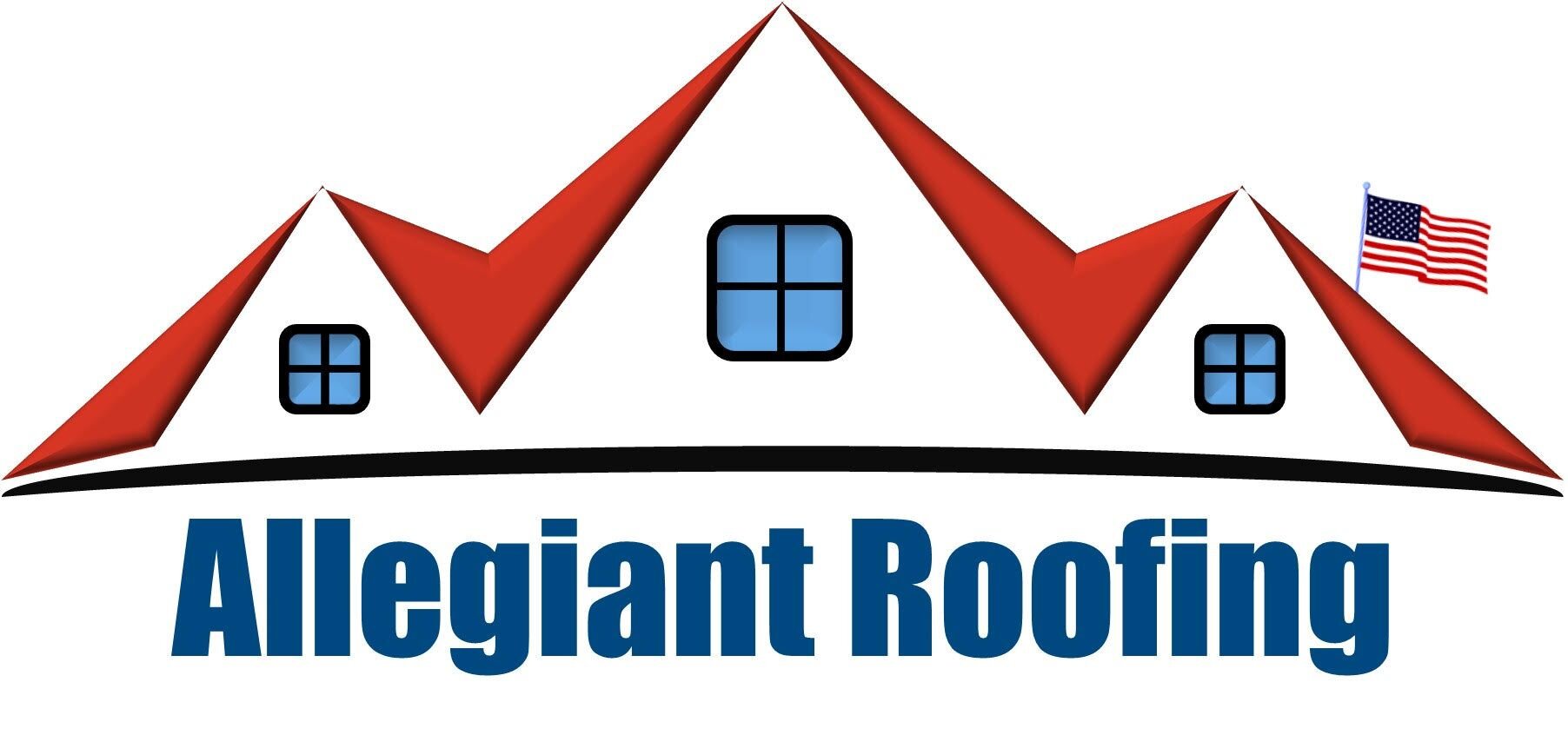Our roofs are the barriers that protect us from the uncertainties of Mother Nature, and we all want it to last long. But without proper care and maintenance, the roof effectiveness is more likely to be compromised and succumb to damages.
Be it for business or our homes; few pre-emptive measures can ensure the longevity of our roofs, avoiding the possibility of corrosion, aging, breakdown and even premature replacements.
Simple tips and advice by roofing experts at Allegiant Roofing Dayton OH and Allegiant Roofing Cincinnati OH, with years of experience in providing professional roofing solutions, aims at preserving the integrity of your roofs while keeping the hassle of getting a replacement at bay for as long as possible.
Key factors that affect the lifespan of your roof
Construction and Material
While all roofing materials and construction designs have their benefits, it also determines their ability to sustain. Asking your roofer about the materials and the construction design during an inspection can help you ensure a high-quality condition of your roof for a prolonged period.
- Asphalt shingles can last around 20 to 25 years
- Tile roofs, on average, can last for 30 to 50 years.
- A pitched roof design or sloped roofs can typically last longer than flat roofs, as the former can withstand the damaging effects of water and utilize a broader range of roofing materials.
- Flat roofs are considered to be more suitable for installing solar panels or roof-top air conditioning units.
Weather
Climatic elements can significantly lower or lengthen the life expectancies of your roofs. While extensive heat from sun exposure can wear down any substance, even well-maintained roofs under heavy storms can permeate cracks leading to water damage inside the roof’s structure.
Fortunately, following a few simple tips advised by a professional roofer can prevent the severity of these damages and extend the lifespan of your roof.
Cleaning the Gutters
A clean gutter allows proper functioning and reduces the risk of roof leaks. Clogged-up gutters are ineffective in the removal of debris, leaves and free-flowing of rainwater and snowmelt. It eventually pools under the roof’s shingles, affects your fascia and soffit boards, and can lead to the formation of molds. It can further cause problems with the siding, walls, electrical wiring.
Ventilation and Insulation
Proper attic ventilation and Insulation keep the air flowing and allow heat to escape. It even cuts on energy bills by significantly reducing its consumption.
Poorly ventilated roofs can build up heat in the attic and accumulate water vapor that extensively damages the roof’s underside, leading to rot or mold.
Roof Color
Darker roofs absorb increased amounts of heat, causing breakage, melting. This can lead to the frequent need for repair and eventual replacement.
Clearing Debris from the Roof
Checking your roof for debris after a storm and regularly cleaning attributes to aesthetic enhancement of properties. While the ordinary twigs, leaves and branches may seem normal, the accumulation can lead to major roofing issues such as moss, mold, and even ice dams in the winter and damage your roof.
Professional Inspection
The best way to ensure the sustainability of your roof is by scheduling routine maintenance through a professional inspection.
Contact us for professional assistance at Allegiant Roofing Dayton OH, and Allegiant Roofing Cincinnati OH. Our team of skilled professionals is equipped with the necessary training and experience for inspections, maintenance, repairs and preventive measures to ensure quality performance, longevity and protection of your roofs.
